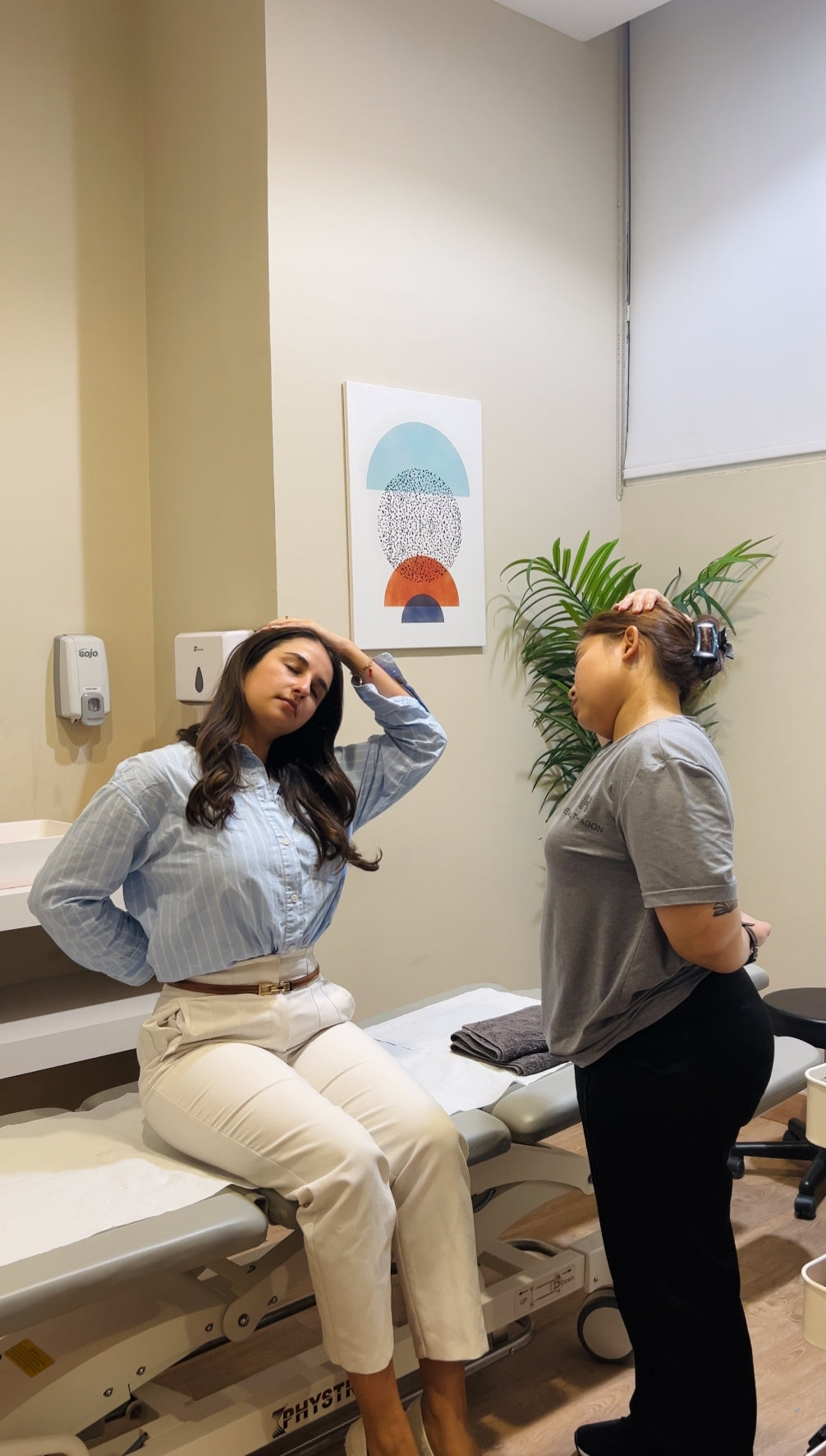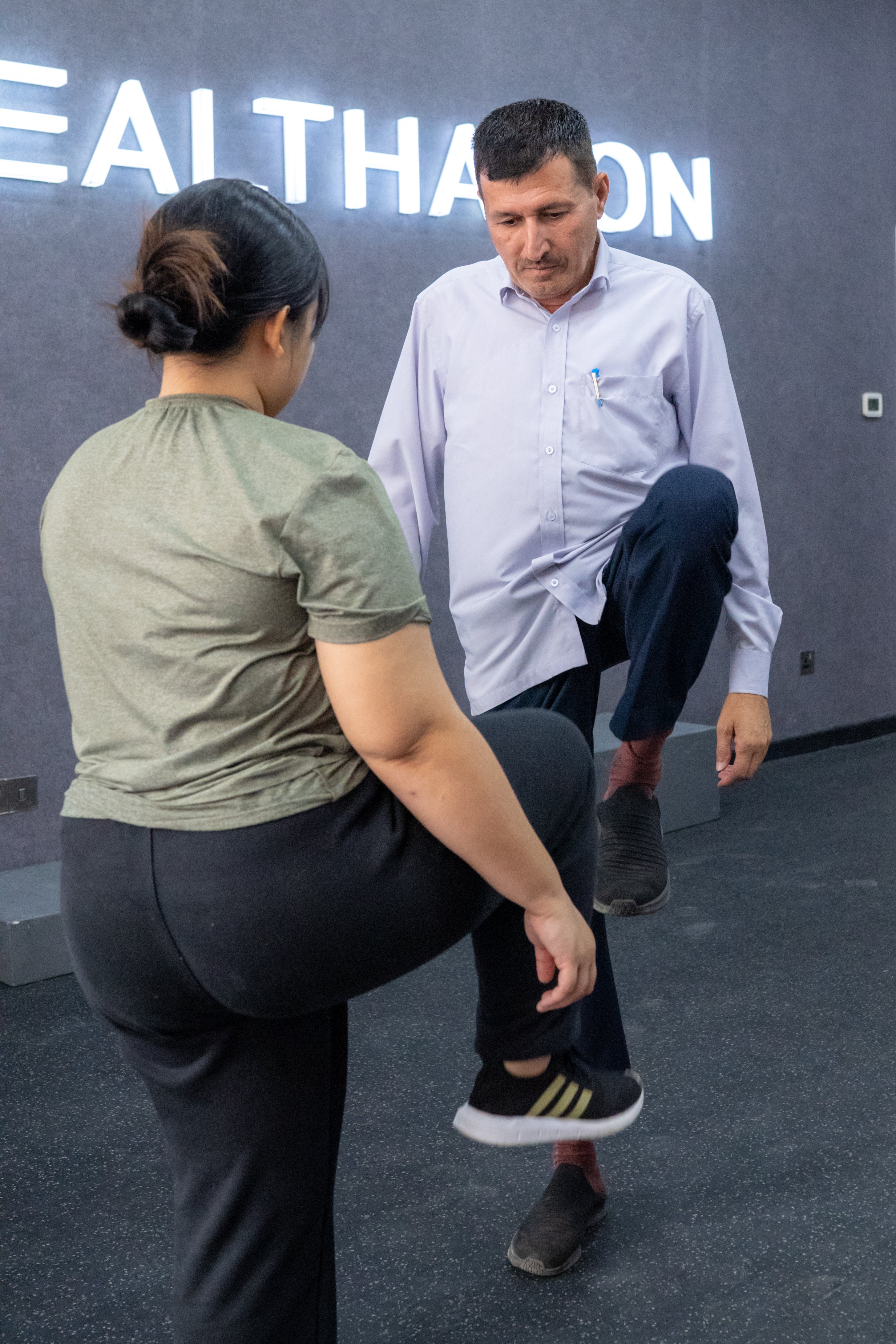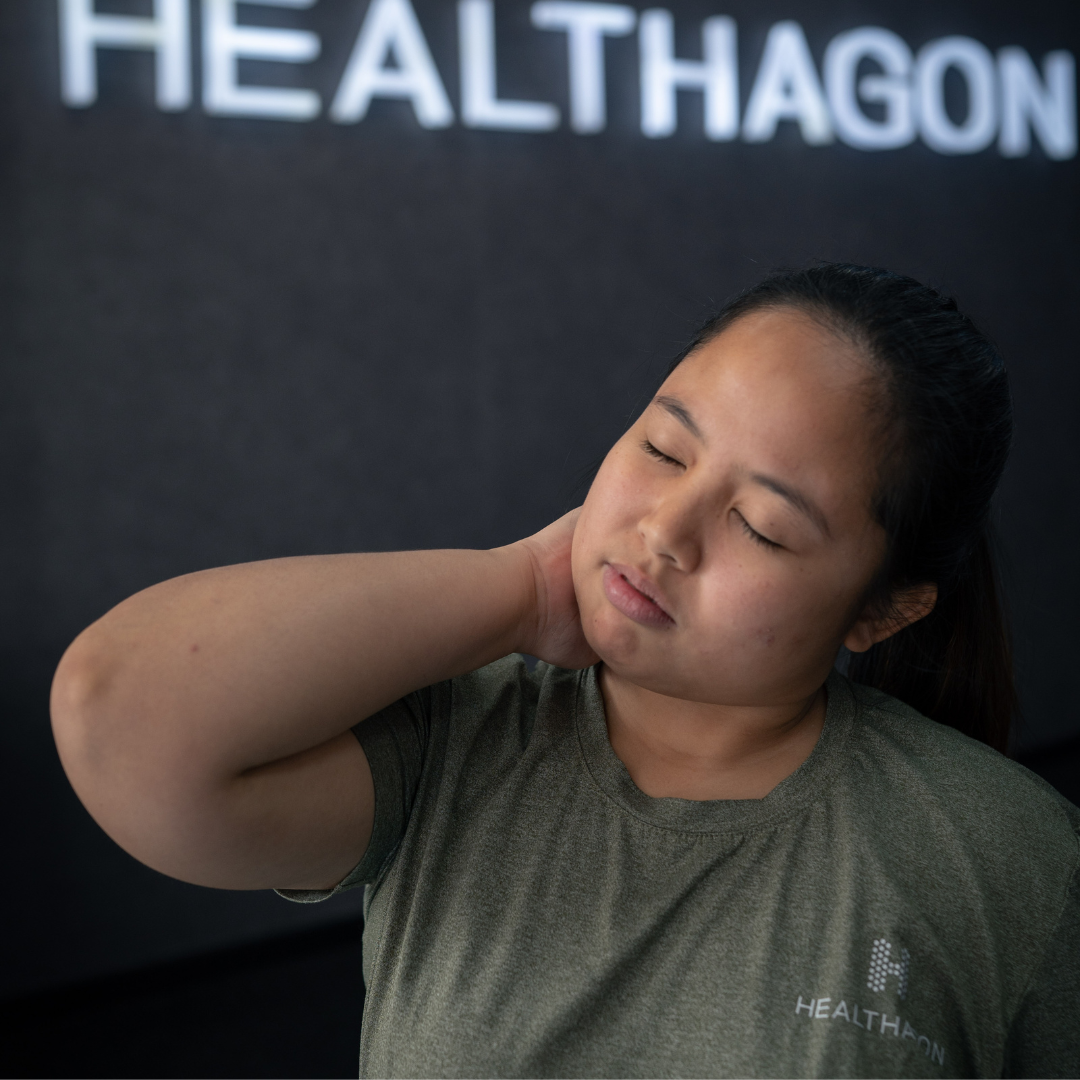Dr. Alaa
When it comes to taking care of our children's health, we want to make sure that we are doing everything possible to keep them safe and healthy. But what exactly is pediatric physiotherapy? In this article, we will discuss the causes, symptoms, and treatment of pediatric physiotherapy so that you can get a better understanding of it and make sure your child is receiving the best care possible.
What Exactly Is Pediatric Physiotherapy?
Pediatric physiotherapy is a specialized form of physical therapy that is designed specifically for infants, children, and adolescents. The goal of pediatric physiotherapy is to help children reach their full potential by improving their physical function and quality of life.
Children who receive pediatric physiotherapy can benefit from improved strength, flexibility, coordination, endurance, and range of motion. Pediatric physiotherapy can also help to improve a child’s posture, balance, and gait.

If your child has been diagnosed with a condition that could benefit from pediatric physiotherapy, the first step is to meet with a pediatric physiotherapist to discuss treatment options. The pediatric physiotherapist will develop a personalized treatment plan based on your child’s individual needs.
What are the Causes of Pediatric Physiotherapy?
There are many different reasons why a child might need physiotherapy. Here are some of the most common reasons:
● To help with muscle weakness or paralysis resulting from conditions like cerebral palsy, muscular dystrophy or spinal cord injury.
● To help with joint problems or deformities resulting from conditions like arthritis or cerebral palsy.
● To help with balance and coordination problems resulting from conditions like cerebral palsy or Down syndrome.
● To help with feeding and swallowing difficulties resulting from conditions like cleft palate or cerebral palsy.
● To help with respiratory problems resulting from conditions like bronchopulmonary dysplasia (BPD) or cystic fibrosis.
What are the Symptoms of Pediatric Physiotherapy?
There are a number of different symptoms that may be indicative of a need for pediatric physiotherapy. If your child is having difficulty with any of the following, it may be time to seek out professional help:
■ delayed milestones in motor development, such as rolling over, sitting up, or crawling.
■ poor coordination or balance.
■ weakness in the muscles.
■ pain in the joints or muscles.
■ stiffness in the joints.
■ difficulty breathing.
How is pediatric physiotherapy treated?
Pediatric physiotherapy is a branch of medicine that deals with the assessment, diagnosis, and treatment of physical disabilities in children. It is a growing field of medicine that is gaining popularity due to the increasing number of children being born with physical disabilities.
These are some of the common health conditions which pediatric physiotherapy can help with:
● Gait Abnormalities
● Spinal Deformities
● Neuromuscular Conditions
● Genetic Related Syndromes
● Dyspraxia
● Down Syndrome
● Rehabilitation after trauma, fractures or surgeries
● Juvenile Arthritis
● Cerebral Palsy (CP)
● Autistic Spectrum Disorder (ASD)
There are many different types of pediatric physiotherapy treatments, but some of the most common include
1. Exercise
Exercise is often used as a way to help improve strength, flexibility, and coordination. It can also help to increase endurance and stamina.
2. Massage
Massage can help to relax muscles, reduce pain, and improve circulation. It can also help to improve range of motion and joint function.
Pediatric Physiotherapy Exercises
Pediatric physiotherapy exercises are designed to help children improve their physical abilities and strength. The exercises can be tailored to the specific needs of each child, depending on their age, condition, and goals.
Some common pediatric physiotherapy exercises include:
1. Sit-to-stand:
The child sits on the floor with their legs straight out in front of them. They then use their abdominal muscles to lift themselves up into a standing position. This exercise can be made more difficult by adding weights or resistance bands.
2. Lunges:
The child begins in a standing position with their feet shoulder-width apart. They take a large step forward with one leg, lowering their body until both knees are at 90-degree angles. They then return to the starting position and repeat with the other leg.
3. Squats:
The child stands with their feet shoulder-width apart and lowers their body down into a squatting position, keeping their back straight and knees above their ankles. They then stand back up and repeat the movement.
















